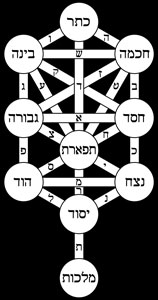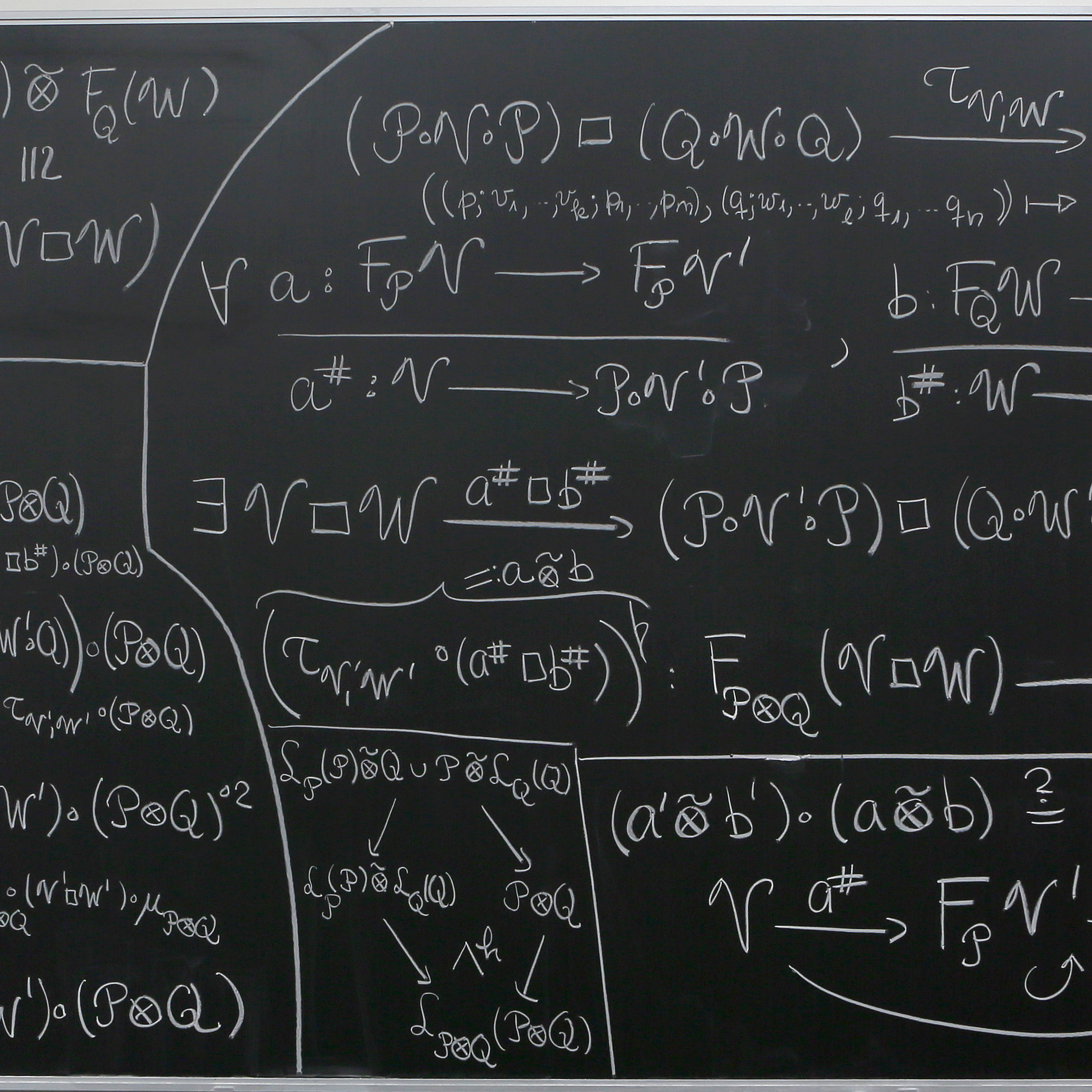Part of the series, “Thoughts about a Final Theory of the World”
Theories are only produced by humans. This may change in future, during the age of robotics and AI (artificial intelligence).
 Each theory consists of a set of ideas about things and matters, i.e. is about something. Theories have content. Theories need not cohere, may conflict mildly or may even be irreconcilable. Many are. This is how it has been in the past and is likely to continue to be in future. Some writers have regretted that this is so, and have tried to reconcile conflicting theories, usually without success. I suspect it is a trend that will continue, but may not be more successful than previously.
Each theory consists of a set of ideas about things and matters, i.e. is about something. Theories have content. Theories need not cohere, may conflict mildly or may even be irreconcilable. Many are. This is how it has been in the past and is likely to continue to be in future. Some writers have regretted that this is so, and have tried to reconcile conflicting theories, usually without success. I suspect it is a trend that will continue, but may not be more successful than previously.
We don’t know who created our first theories, when this happened, or what prompted them. It is like asking about the origin of the mind. Since there are no written records older than c.5000 years, we can only surmise what early theories were like and what was covered by them. Presumably such theories were very elementary, and far too general. The earliest written records refer to management/administrative topics, not to matters of literary, ethical, or religious interest, and not to what today would be referred to as concerned with problems of knowledge, specifically about what we know and how we have gotten to know about ourselves or related matters.
Pictorial records go back further than written records, about 40,000 years, whereas the age of homo sapiens has been estimated to be close to 200,000 years, and could be even older. Related species, like homo neanderthalensis, are older. In summary, specific knowledge about our own origins continues to be sparse, although our knowledge about more general matters is relatively substantial and falls under the rubric of cosmology. “Man, know thyself” remains a prescription.
 The current rate of the growth of knowledge is prodigious. In the nature of the case, we cannot know who, when, and where a final theory will be formulated, if ever: it depends among other things on whether humans continue to be around, whether they will self-destruct, become extinct, or whether perhaps humans move to another planet and/or become a new super-human species.
The current rate of the growth of knowledge is prodigious. In the nature of the case, we cannot know who, when, and where a final theory will be formulated, if ever: it depends among other things on whether humans continue to be around, whether they will self-destruct, become extinct, or whether perhaps humans move to another planet and/or become a new super-human species.
Perhaps humans will invent devices which will replicate what we currently call creating ideas. The eminent physicist and writer Stephen Weinberg has written about the idea of a final theory — without claiming however, as some of his physicist predecessors did, including Newton and Einstein — that we were close to developing a theory which would “explain everything”, and in this limited sense would also be “final” (S. Weinberg, Dreams of a Final Theory, 1992. Pantheon Books, NY)
For several reasons, I think this is unlikely to happen. How would we actually know which of a number of entries to a competition to create a final theory will be “final”? A sounder reason is that theories contain speculations about an admittedly finite universe, beyond whose current limits we, as theorists, continuously aim to expand. In other words, those who speculate beyond what is known at present thereby declare that there is no final theory. In this manner we could fashion a universe which is beyond our immediate knowledge. A final theory would simply curtail further speculations — which is not the aim of the game of theory-construction.
It would be fairer to state that we continue to be committed to the idea of extending our current knowledge. For this to happen we should be willing to both add and to abandon ideas. This requires that selected old ideas, no matter how venerable or favoured, get replaced. The criteria would be that the replacement ideas are expected to do a better job of explaining what we call our “extant raw data”, that is, materials previously gathered and collected during “research” episodes, but which have not yet been methodically and systematically processed and sorted.
 Given that our research methods are highy varied, are growing prodigiously, and that our methods are often unusual and “esoteric” — like when we use sub-atomic particle colliders like CERN — the data produced is correspondingly difficult to understand by the average person, unschooled in current techniques. Ordinary people don’t have the time or training to keep up with developments in the increasing number of different disciplines which have found a place in our universities and research institutions. Many have difficulty keeping abreast of developments in their own spheres (bubbles?) of interest.
Given that our research methods are highy varied, are growing prodigiously, and that our methods are often unusual and “esoteric” — like when we use sub-atomic particle colliders like CERN — the data produced is correspondingly difficult to understand by the average person, unschooled in current techniques. Ordinary people don’t have the time or training to keep up with developments in the increasing number of different disciplines which have found a place in our universities and research institutions. Many have difficulty keeping abreast of developments in their own spheres (bubbles?) of interest.
Most of us therefore follow a path of least resistance, the path also taken by most of our predecessors, and leave those things which are beyond our own understanding to latter-day experts. Not priests (God forbid!) but people steeped in their realms of knowledge. Even if all experts in different domains agree amongst themselves, it is possible that the next expert, perhaps from some new domain, will not. This reality excludes finality — but also ensures continued progress in our expanding spheres of study.
Good Theories?
Not all flights of fancy, old or new, qualify as “good theories”, or as constructive proposals. There is however much at stake in producing better theories than those currently available. So-called “good theories”, including those which address social and practical problems and which may have a reasonable chance of yielding outcomes that meet some of our common needs, meet our ethical standards and social aspirations, but exclude self-immolation and the destruction of our species (and with it our civilizations).
I plan to add additional comments on these topics shortly. There is much to write about!
 The implication: science is more like a soft-cover book. A better analogy would be that science has the features of a loose-leaf file which is appropriately date stamped on every page. Its pages can be removed — but not trivially discarded. Continuity is an important factor in understanding!
The implication: science is more like a soft-cover book. A better analogy would be that science has the features of a loose-leaf file which is appropriately date stamped on every page. Its pages can be removed — but not trivially discarded. Continuity is an important factor in understanding!
 Each theory consists of a set of ideas about things and matters, i.e. is about something. Theories have content. Theories need not cohere, may conflict mildly or may even be irreconcilable. Many are. This is how it has been in the past and is likely to continue to be in future. Some writers have regretted that this is so, and have tried to reconcile conflicting theories, usually without success. I suspect it is a trend that will continue, but may not be more successful than previously.
Each theory consists of a set of ideas about things and matters, i.e. is about something. Theories have content. Theories need not cohere, may conflict mildly or may even be irreconcilable. Many are. This is how it has been in the past and is likely to continue to be in future. Some writers have regretted that this is so, and have tried to reconcile conflicting theories, usually without success. I suspect it is a trend that will continue, but may not be more successful than previously. The current rate of the growth of knowledge is prodigious. In the nature of the case, we cannot know who, when, and where a final theory will be formulated, if ever: it depends among other things on whether humans continue to be around, whether they will self-destruct, become extinct, or whether perhaps humans move to another planet and/or become a new super-human species.
The current rate of the growth of knowledge is prodigious. In the nature of the case, we cannot know who, when, and where a final theory will be formulated, if ever: it depends among other things on whether humans continue to be around, whether they will self-destruct, become extinct, or whether perhaps humans move to another planet and/or become a new super-human species. Given that our research methods are highy varied, are growing prodigiously, and that our methods are often unusual and “esoteric” — like when we use sub-atomic particle colliders like CERN — the data produced is correspondingly difficult to understand by the average person, unschooled in current techniques. Ordinary people don’t have the time or training to keep up with developments in the increasing number of different disciplines which have found a place in our universities and research institutions. Many have difficulty keeping abreast of developments in their own spheres (bubbles?) of interest.
Given that our research methods are highy varied, are growing prodigiously, and that our methods are often unusual and “esoteric” — like when we use sub-atomic particle colliders like CERN — the data produced is correspondingly difficult to understand by the average person, unschooled in current techniques. Ordinary people don’t have the time or training to keep up with developments in the increasing number of different disciplines which have found a place in our universities and research institutions. Many have difficulty keeping abreast of developments in their own spheres (bubbles?) of interest. My initial comments in Character of Science are about the interpretation of the much used, but greatly abused term *truth* (see
My initial comments in Character of Science are about the interpretation of the much used, but greatly abused term *truth* (see  This creates a highly correctable collection of items, not a book of ultimate truths. Our folder has inestimable value in a world which too often is haunted and harassed by self-righteous humans touting their own brands of Truths and Virtues.
This creates a highly correctable collection of items, not a book of ultimate truths. Our folder has inestimable value in a world which too often is haunted and harassed by self-righteous humans touting their own brands of Truths and Virtues.